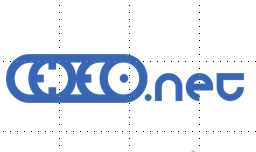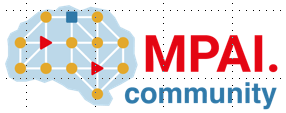Do we need standards for Connected Autonomous Vehicles?
Enabling individuals or groups of people to move independently has been a major achievement that has changed human life for the better. Motor vehicles, however, have created a number of negative consequences such as, accidents causing damages, injuries, and deaths; congestion on the roads, millions of cars carrying a single person for a couple of ours and then staying, unused; air pollution, worsening of urban environments, etc. Connected autonomous vehicles (CAV) have the potential to eliminate human error replacing it…






















